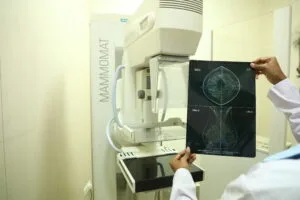Understanding the Incidence of Hemoglobinopathies

Hemoglobinopathies are a group of disorders passed down through families (inherited) in which there is abnormal production or structure of the hemoglobin molecule.
There are 2 major types:
- Quantitative abnormalities: Disorders of decreased globin chain production. Eg: Thalassemias (α, β, δ, δβ)
- Qualitative abnormalities: Structural variant hemoglobins present. Eg: HbS (Sickle cell), HbD Punjab, HbE, HbQ India, etc.
Acquired hemoglobinopathies:
These are not inherited and are caused due to certain physiological states, deficiencies or diseases.
- Elevated HbF: Pregnancy, stress hemopoiesis, acute leukemia, JMML, cell-cycle specific drugs
- Elevated HbA2: Vit B12 deficiency
- Low HbA2: Iron deficiency
- Acquired HbH: MDS and AML
They can potentially influence the levels of normal and abnormal hemoglobins in inherited hemoglobinopathies if present concurrently.
The Suburban Diagnostics CoE for Hematology conducted a retrospective study of all cases of hemoglobin analysis conducted by HPLC between 2015 and 2021 to identify the incidence of various hemoglobinopathies. From 34,000+ samples, we found that the 6 year incidence of hemoglobinopathies was 13.3%. The 6 year incidence of some of the major hemoglobinopathies include:
- Beta Thalassemia Trait: 8.8%*
- Beta Thalassemia Homozygous: 0.1%
- Sickle Cell Heterozygous: 0.8%*
- Sickle Cell Homozygous: 0.2%
- Hemoglobin D Punjab Heterozygous: 0.4%*
- Hemoglobin D Punjab Homozygous: 0.01%
- Hemoglobin E Heterozygous: 0.4%*
- Hemoglobin E Homozygous: 0.05%
*These percentages do not include double heterozygous cases.
#unburdenhealthcare with us.



